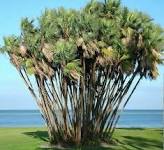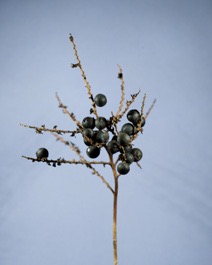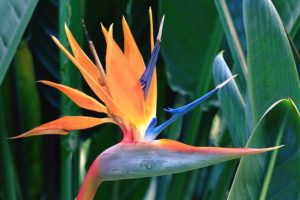The conservancy that I’m developing in West Delray Beach, FL, is destined to be (if I have anything to say about it) one of the largest and best-curated palm tree collections in the world. It also features a growing collection of outdoor sculptures, a traditionally styled Japanese tea house, a Zen Garden, and a Yoga/Jiu Jitsu House in the shade of a little bamboo forest. Not to mention a stock of African cycads, dozens of other exotic plants and trees, and one of Florida’s highest “mountains” at nearly 20 feet!
But the main attraction is the collection of palm trees. Here’s one of them:
Betel Nut Palm
Also known as: areca palm, Indian nut, Pinang palm, and catechu
Binomial name: Areca catechu

The betel nut palm is a species of palm tree that is found in the tropical zones of Asia, Africa, and the Pacific Islands. It’s believed to have originated in the Philippines.
As you can see from the photo, it has orange seeds that grow below the leaves. It’s a handsome, medium-sized plant that grows slowly in the shade. Because of that, it’s used frequently for indoor landscaping.
We have more than a dozen in the park. Ours are still young. But because we get lots of sun and our plants get lots of nutrients, our specimens are already 20 to 30 feet. They will get to 60 feet when fully mature.
Interesting: These seeds and and the leaves contain alkaloids (arecaidine and arecoline) which, when chewed, are stimulants.
For more information about Paradise Palms, click here.











